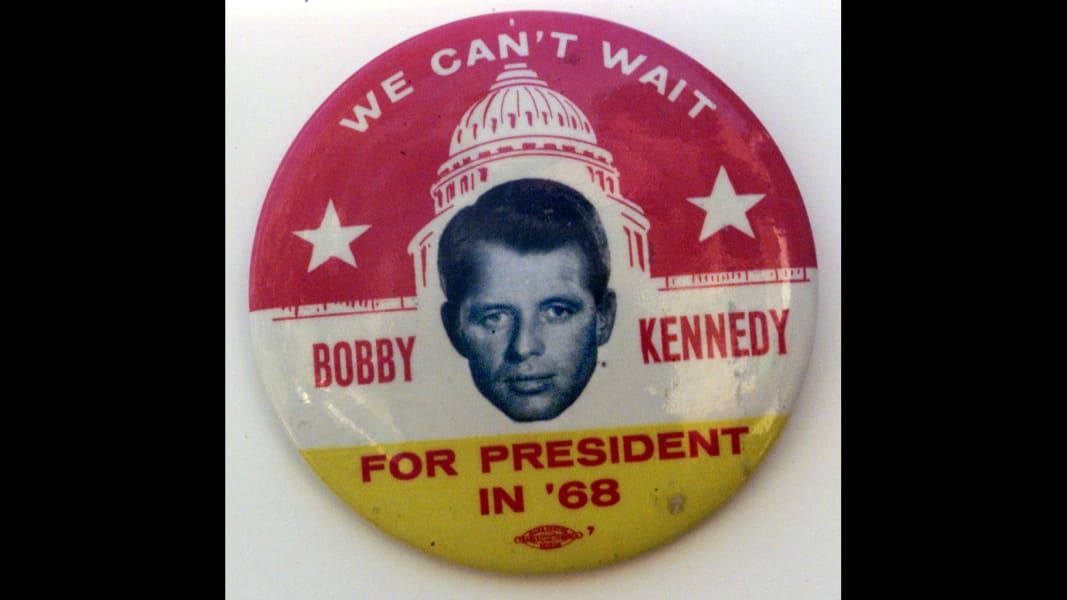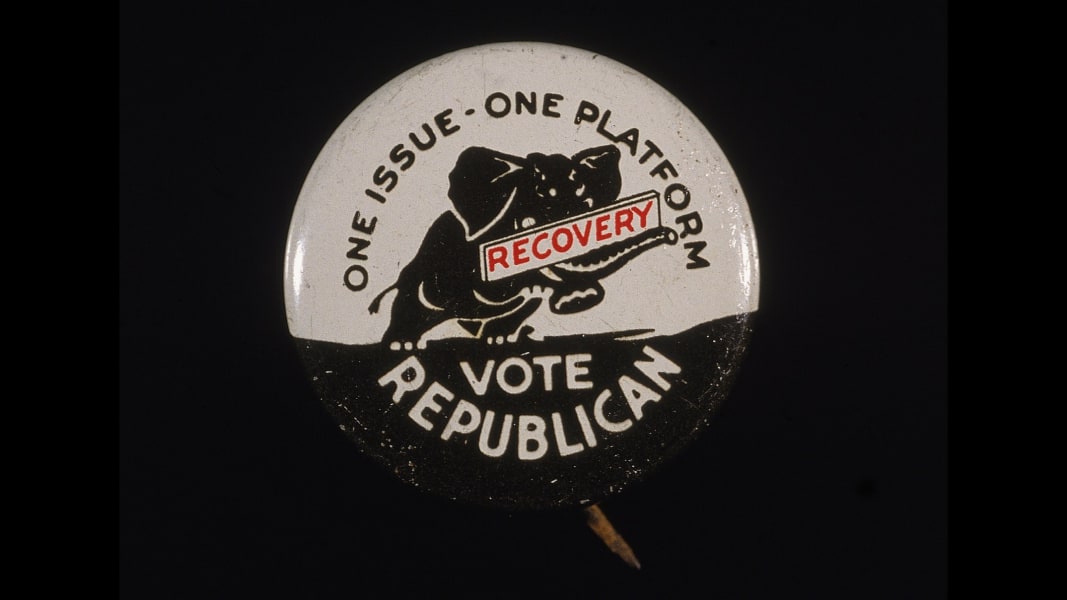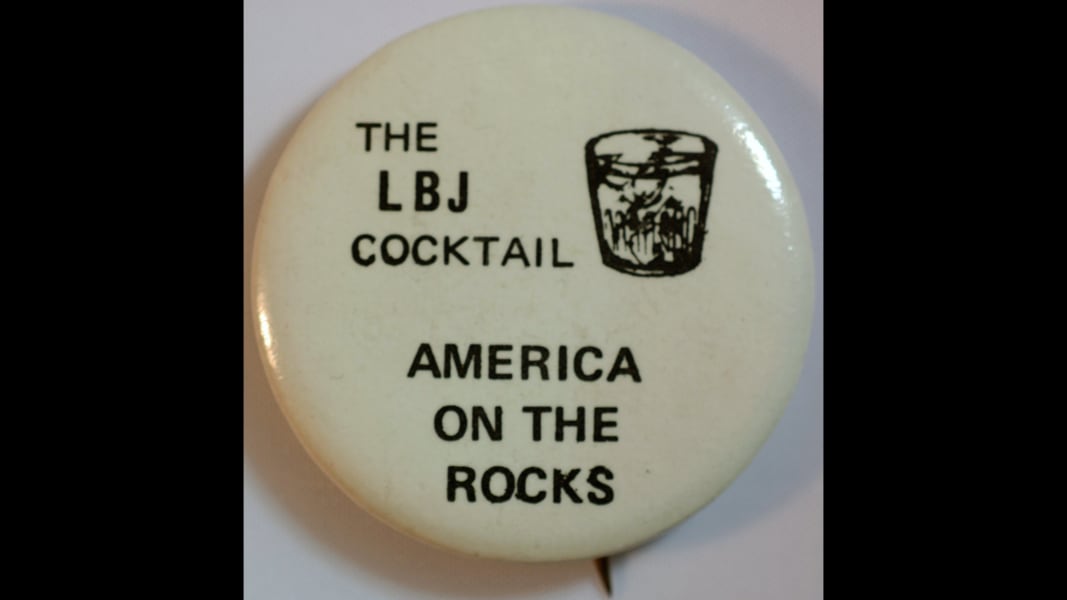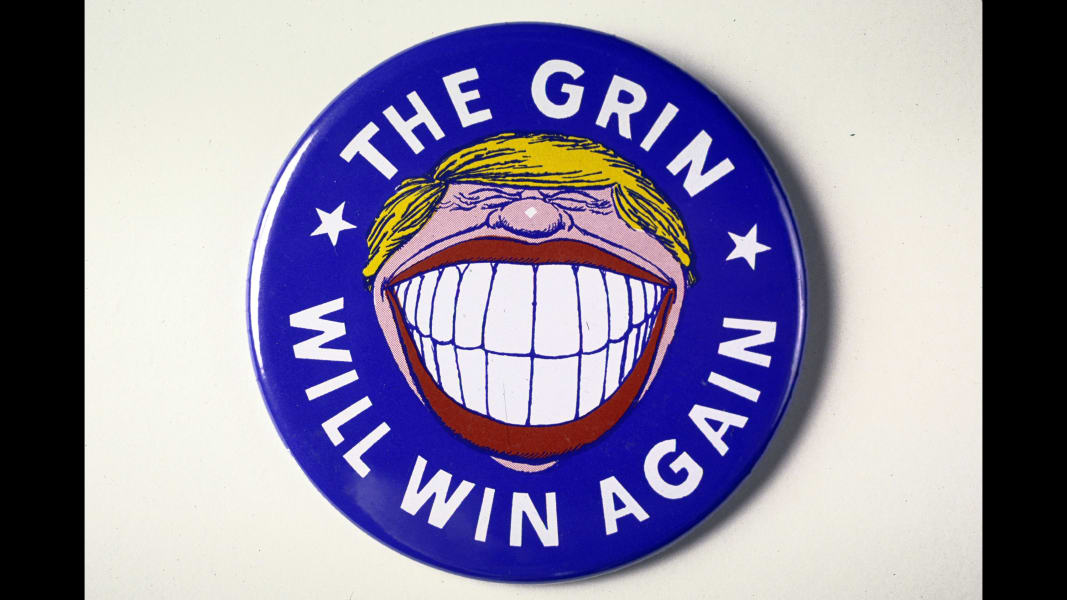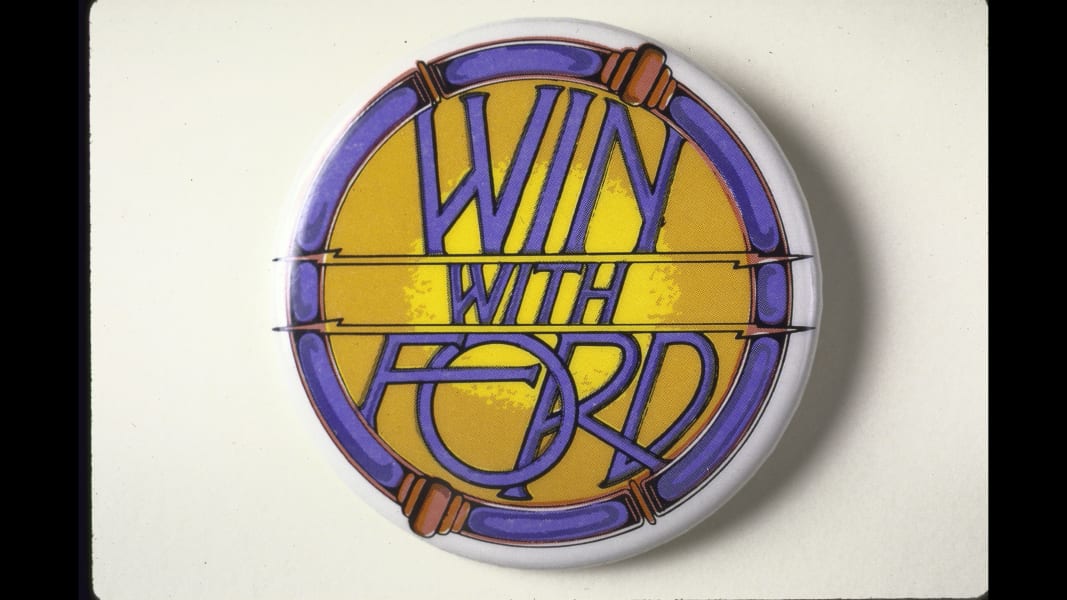Share
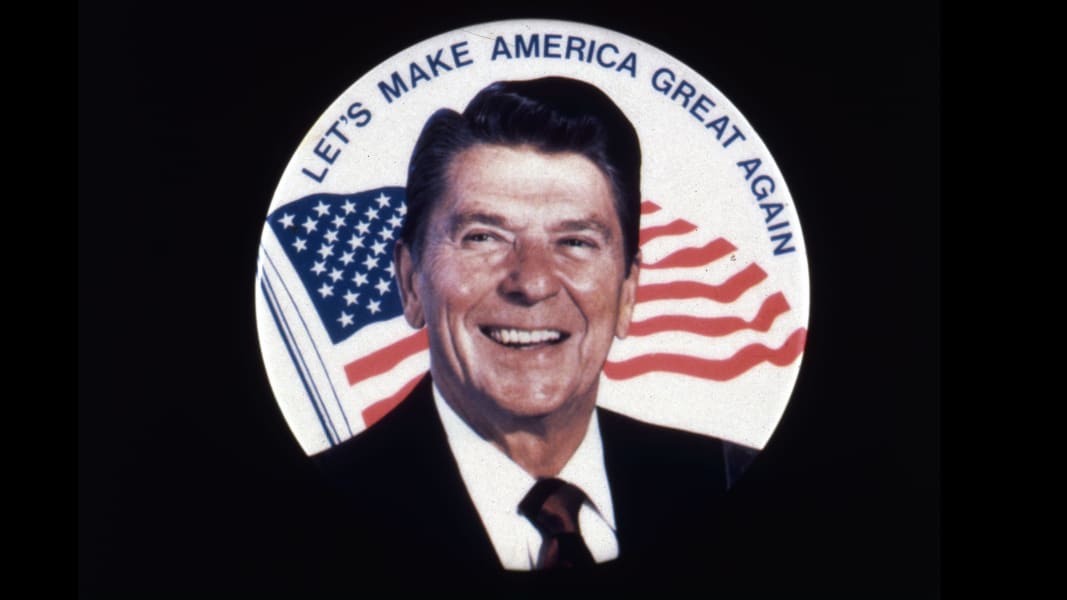

1 of 15
Republican presidential nominee Donald Trump has promised to "make America great again," but the slogan was first used by Ronald Reagan as he ran against President Jimmy Carter in 1979. MPI/Getty Images
"The LBJ cocktail" here refers negatively to President Lyndon B. Johnson, who was seeking re-election in 1964. He defeated Barry Goldwater for a second term. Stuart Lutz/Gado/Getty Images
A campaign button for President Jimmy Carter, who lost to Ronald Reagan amid an economic downturn and the Iranian hostage crisis. Terry Ashe/The LIFE Images Collection/Getty Images
Chester A. Arthur, the 21st President of the United States, took office after the assassination of James A. Garfield. The New York Historical Society/Getty Images
During his first term, Franklin D. Roosevelt mitigated the disastrous effects of the Great Depression with a series of programs and reforms collectively known as the New Deal. In 1936 -- the campaign this button was from -- Roosevelt defeated Alf Landon in a landslide. Roosevelt was also re-elected in 1940 and 1944. David J. & Janice L. Frent/Corbis/Getty Images
A button supports Dwight D. Eisenhower, the Republican candidate for President in the 1952 election. Eisenhower, nicknamed "Ike," served as supreme commander of the Allied forces in Europe during World War II. He defeated Democratic nominee Adlai Stevenson. MPI/Getty Images
Bill Clinton, along with running mate Al Gore, defeated incumbent George H.W. Bush in the 1992 election, ending 12 years of Republican leadership in the White House. Independent Picture Service/UIG/Getty Images
A campaign button carries the Republican campaign slogan of 1900: "Four Years More of the Full Dinner Pail." The slogan refers to the prosperity that the country enjoyed during William McKinley's first term. McKinley and his running mate, Theodore Roosevelt, won re-election over William Jennings Bryan. David J. & Janice L. Frent/Corbis/Getty Images
John F. Kennedy became the youngest man ever elected to the presidency when he defeated Vice President Richard Nixon in 1960. Independent Picture Service/UIG/Getty Images
Campaign buttons for Eisenhower's re-election bid, where he again faced Adlai Stevenson. The illustrations were inspired by a photograph of Stevenson sitting cross-legged with a hole in the bottom of his shoe. David J. & Janice L. Frent/Corbis/Getty Images
Margaret Chase Smith was a U.S. senator from Maine who ran for President in 1964. She received 22 votes from four different states in the Republican primaries. Smith was also the first woman to be elected to both houses of Congress. David J. & Janice L. Frent/Corbis/Getty Images
Gerald R. Ford became President after Richard Nixon's resignation in 1974. This button is from the 1976 election, which he lost to Jimmy Carter. Terry Ashe/The LIFE Images Collection/Getty Images
These buttons are from President Theodore Roosevelt's re-election campaign in 1904. On the top is a button for racial equality. On the bottom is a poker hand with the term "stand pat," meaning to play one's hand without drawing new cards. Bettmann/Getty Images
Robert F. Kennedy, John F. Kennedy's brother, won five of six Democratic primaries before he was assassinated in 1968. Boris Yaro/Los Angeles Times/ Getty Images
A campaign button for President Herbert Hoover shows an elephant carrying a sign that says "recovery" in 1932. Hoover's administration failed to offset the devastating effects of the stock market crash of 1929, which plunged the country into the Great Depression, and Hoover was defeated by Democrat Franklin D. Roosevelt. Blank Archives/Getty Images

